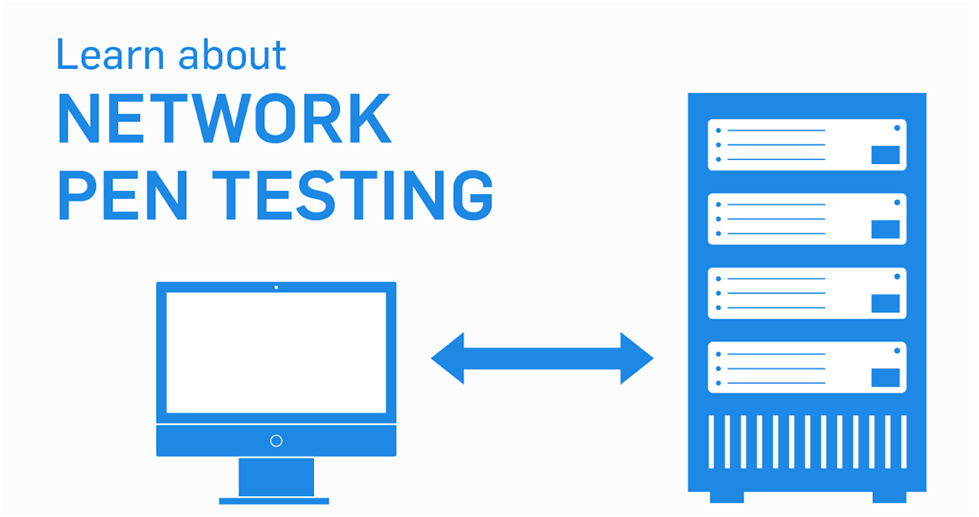Network Penetration Testing: The Basics and Checklist

Penetration testing is a kind of security examination that focuses on finding vulnerabilities in a network’s security. This type of test does not rely on the attacker being an outsider or “black hat” hacker but instead examines whether vulnerabilities can be exploited from within the company’s computer systems. Network penetration testing encompasses both black box and white box assessments, meaning that it tests for vulnerabilities by either assuming no knowledge of how a system operates or having full knowledge of its architecture. In this article, we will go over what network penetration tests are and why they’re important, as well as provide you with a step-by-step checklist to help you conduct your next network assessment!
The Two Kinds Of Network Penetration Testing
External network penetration testing is exactly what it sounds like: a test performed from outside of the company’s computer systems by penetration testing providers. This type of assessment looks for vulnerabilities that could be exploited by an outsider, such as hackers or cybercriminals.
Internal network penetration testing, on the other hand, is conducted from within the company’s networks and examines whether any unauthorized users or devices have access to sensitive information or systems.
Also Read: From Awareness to Action: How to Start Your Penetration Testing Journey
The Different Types Of Network Penetration Testing
There are mainly three types of network penetration testing. They are white-box, black-box, and gray-box testing.
White-box penetration testing is performed by having full knowledge of the company’s architecture and IT environment. This level of assessment can be extremely thorough as it has access to all information about how a system works, including any possible vulnerabilities that could be exploited should they go unnoticed.
Black-Box Penetration Testing: The attacker assumes no prior knowledge or awareness of the target environment; essentially those who don’t know what they’re doing! While this method may seem effective on paper, black-box assessments are considered less accurate than white-box tests due to their inability to detect many types of threats like insecure configurations or poor protocols (i.e., not knowing certain things about how systems work).
Gray Box Penetration Testing: A hybrid between Black Box and White Box testing, Gray Box assessments provide some level of information about the target environment to the attacker. This could be as little as the company’s name or IP address, or it could involve having access to limited system details (e.g., usernames and passwords).
Also Read: 6 Steps To Using Your Network VoIP
Phases Of Network Penetration Testing
Now that you have a better understanding of what network penetration testing is, let’s take a look at what you need to do in order to conduct one! Here are the phases of conducting an external network penetration test:
- Planning Phase: In this phase, you will want to develop your plan of attack by determining which systems will be tested, identify any potential vulnerabilities and come up with a game plan for how to go about testing them.
- Reconnaissance Phase: This is the step where you will likely spend most of your time, as it entails examining potential vulnerabilities by crawling through web applications and looking for open ports/services running on devices within the company’s network. During this phase, you may also choose to map out how other users connect to these systems in order to identify any possible access paths that could be exploited later should they stay unnoticed during other phases.
- Enumeration Phase: Once all reconnaissance has been done, we can now move onto identifying weaknesses with actual software used by each system (e.g., web browsers or operating systems) after performing a software penetration testing. Enumerating allows us to determine which services and applications are using particular communication protocols and what versions of those protocols are being used.
- Exploitation Phase: Finally, we can now exploit the vulnerabilities that have been identified to gain administrative or system access on a particular device or network! This is where you will likely spend less time during your assessment as this phase requires just one final step before it’s complete.
- Reporting/Remediation Phase: In addition to creating an executive report for management, you should also make recommendations within any proof-of-concept reports created in order to help identify and correct weaknesses discovered throughout the pentest process.
The Checklist For Network Penetration Testing
Now that we’ve covered the basics of network penetration testing, let’s take a look at what you’ll need in order to conduct your own assessment! Below is a checklist of items you should consider when performing a network security audit:
- Are all firewalls and security appliances turned on and functioning properly?
- Are any outdated software or operating systems present on the network?
- Is there a policy in place for patch management at the firm?
- Do any users have administrative privileges they should not have?
- What sensitive data is stored on the network, and is it protected by proper encryption methods?
- Are there any unauthorized devices connected to the network, such as printers, scanners, or copiers?
- Can employees access the Internet from their workstations, and are they using approved browsers and plugins?
- Is traffic between different parts of the network properly monitored and logged?
These are just some of the items you’ll need to consider when performing a network penetration test. You can use this checklist to help your company’s computer systems be as secure as possible by following it!
Conclusion
Penetration testing is a method by which you can identify and exploit vulnerabilities in your systems and networks. It should be conducted only after the proper planning has been completed, especially if certain devices or applications are to be tested for potential weaknesses. By following this checklist of items needed when performing penetration tests on computer systems, you will help ensure that they remain secure from outside threats!






